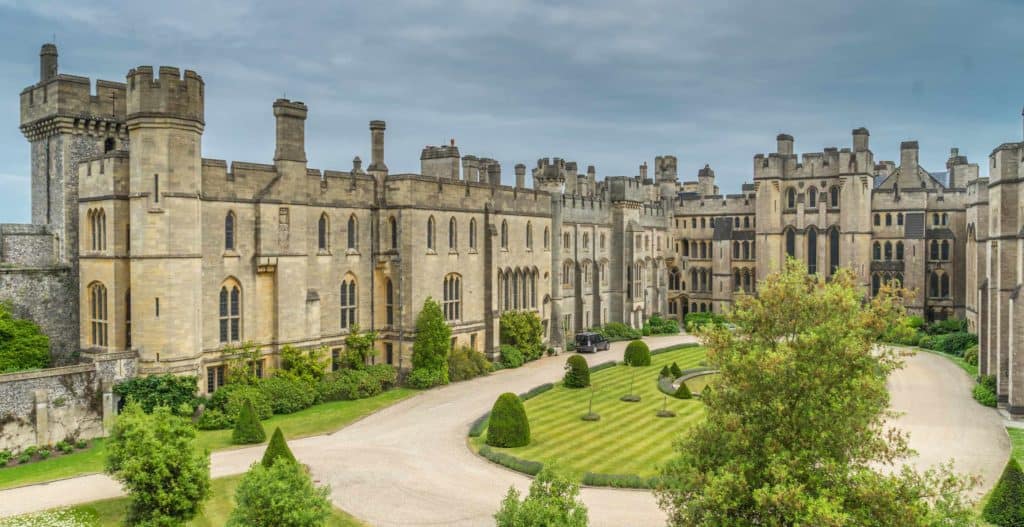Following on December 16's "Managing family wealth for dynastic power".
I was told the original link had rotted so here's the new one.
A repost from 2011:
From Lapham's Quarterly:
Hartwick College didn’t really mean to annihilate the U.S. economy. A small liberal-arts school in the Catskills, Hartwick is the kind of sleepy institution that local worthies were in the habit of founding back in the 1790s; it counts a former ambassador to Belize among its more prominent alumni, and placidly reclines in its berth as the number-174-ranked liberal-arts college in the country. But along with charming buildings and a spring-fed lake, the college once possessed a rather more unusual feature: a slumbering giant of compound interest.
With bank rates currently bottomed out, it’s hard to imagine compound interest raising anyone much of a fortune these days. A hundred-dollar account at 5 percent in simple interest doggedly adds five bucks each year: you have $105 after one year, $110 after two, and so on. With compound interest, that interest itself get rolled into the principal and earns interest atop interest: with annual compounding, after one year you have $105, after two you have $110.25. Granted, the extra quarter isn’t much; mathematically, compound interest is a pretty modest-looking exponential function.
Modest, that is, at first. Because thanks to an eccentric New York lawyer in the 1930s, this college in a corner of the Catskills inherited a thousand-year trust that would not mature until the year 2936: a gift whose accumulated compound interest, the New York Times reported in 1961, “could ultimately shatter the nation’s financial structure.” The mossy stone walls and ivy-covered brickwork of Hartwick College were a ticking time-bomb of compounding interest—a very, very slowly ticking time bomb.
One suspects they’d have rather gotten a new squash court.
The notion of a “Methuselah” trust has a long history—and as with many peculiar notions, Benjamin Franklin got there first. Upon his death in 1790, Franklin’s will contained a peculiar codicil setting aside £1,000 (about $4,550) each for the cities of Boston and Philadelphia to provide loans for apprentices to start their businesses. The money was to be invested at compound interest for one hundred years, then a portion of the fund was to be used in Boston for a trade school. For Philadelphia, he recommended using the money for “bringing, by pipes, the water of Wissahickon Creek into the town”—or perhaps “making the Schuylkill completely navigable.” The whole scheme was perfectly suited for a man who once half-jokingly proposed that, in preference “to any ordinary death” he be “immersed in a cask of Madeira wine” for later revival, as he had “a very ardent desire to see and observe the state of America a hundred years hence.”
Franklin’s plans soared beyond a mere century, though. After a portion of the funds were to be paid out for a first set of public works, the remainder was then to grow for another century—until, by Franklin’s estimate, in 1990 both cities would receive a £4,061,000 windfall from their most famous native son.
“Considering the accidents to which all human affairs and projects are subject in such a length of time,” Franklin admitted, “I have, perhaps, too much flattered myself with a vain fancy that these dispositions, if carried into execution, will be continued without interruption and have the effects proposed.”
Nonetheless, Franklin’s experiment inspired Peter Thellusson, a London merchant and a director of the Bank of England, to even dizzier heights. Thellusson had an impressive fortune of some £600,000 by his death in July 1797, worth about $68 million today. But at the reading of the old financier’s will, his reckless sons received the shock of their lives. “It is my earnest wish and desire,” he lectured them from beyond the grave, “that they will avoid ostentation, vanity, and pompous shew; as that will be the best fortune they can possess.”
It would also be almost the only fortune they’d possess. Most of the estate was to be invested at compound interest until every currently existing heir was dead, whereupon upward of £19 million would cascade onto their distant descendants. It was as if, one legal scholar marveled, Thellusson had “locked his treasure in a mausoleum and flung the key to some distant descendant yet unborn.”
His heirs did not take the news well: one took out a pistol and shot the old man’s portrait....MORE
The new link to Lapham's is "Trust Issues"Additionally, "Managing family wealth for dynastic power" had a great link for constructing a family home to last 1,000 years. When a friend asked if I had anything particular in mind the answer was "Why yes, yes I do":
Why Real Estate Ownership Is Required For Intergenerational Wealth
We've looked at the importance of housing as a cornerstone of intergenerational wealth a few times, and not just for piles like this:

...MUCH MORE
Okay, not quite a thousand years.